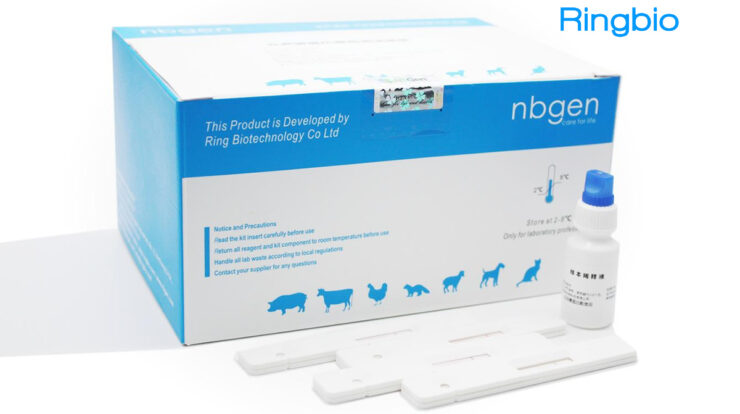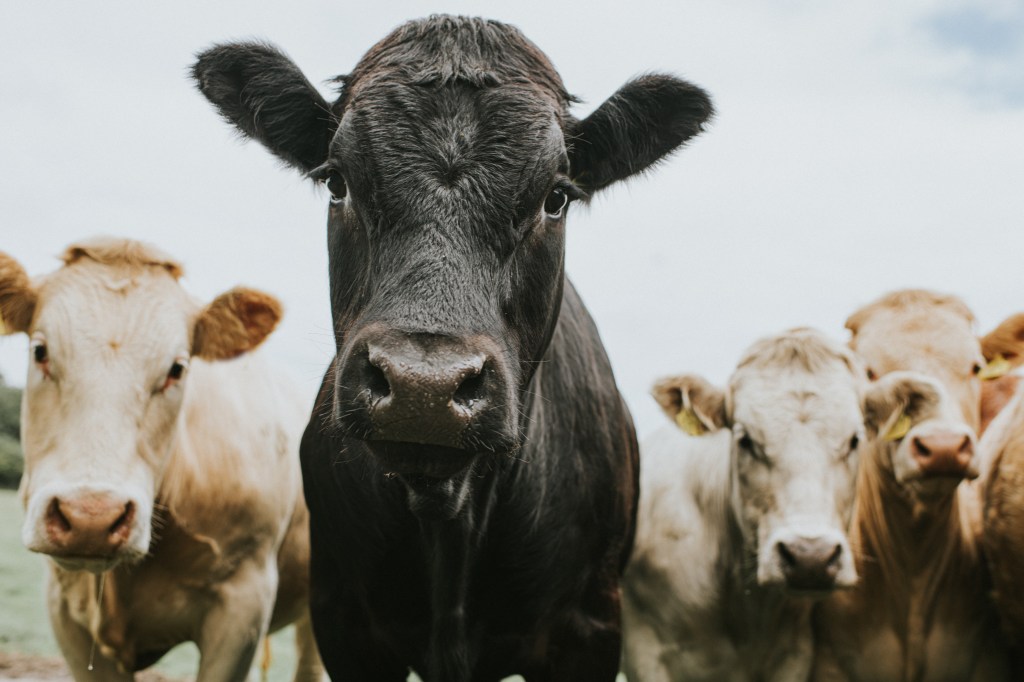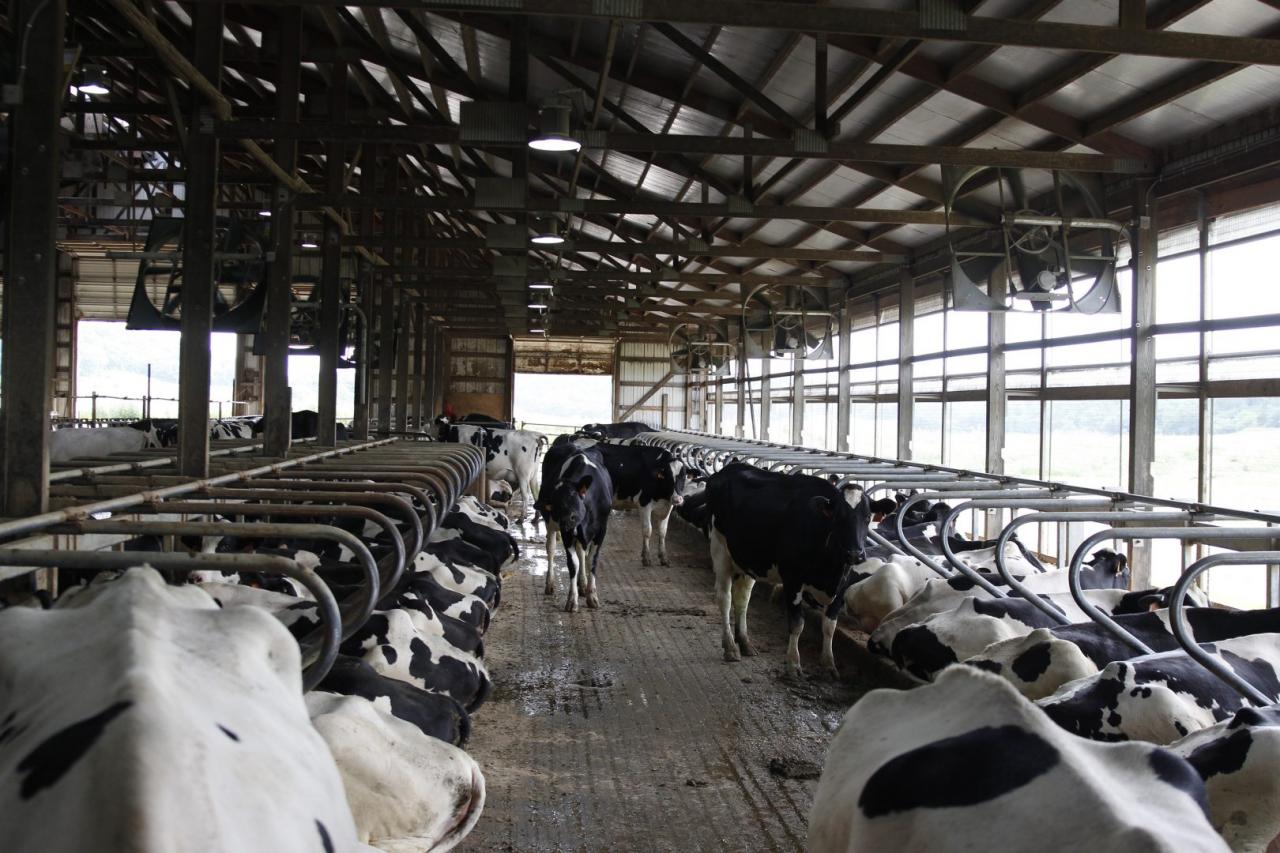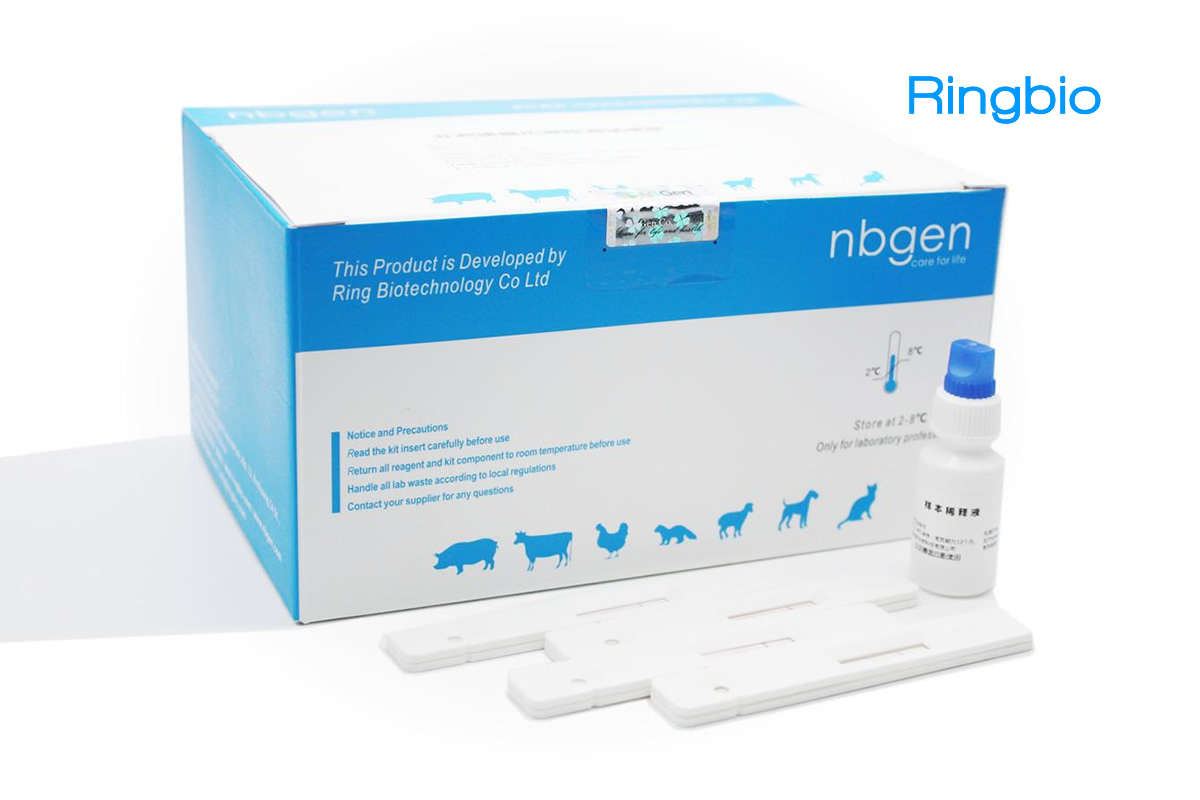
H5N1, a highly pathogenic avian influenza virus, has emerged as a significant concern in the dairy industry. Its potential transmission through milk raises serious public health implications, prompting a thorough examination of the risks, preventive measures, and impact of H5N1 in milk.
This article delves into the complexities of H5N1 in milk, providing a comprehensive overview of the virus, its transmission dynamics, and the measures implemented to safeguard public health. By shedding light on this critical issue, we aim to empower individuals with the knowledge necessary to make informed decisions and contribute to the collective effort to mitigate the risks associated with H5N1.
H5N1 Virus in Milk: H5n1 In Milk
The H5N1 virus is a highly pathogenic avian influenza virus that has caused significant outbreaks in poultry and has the potential to infect humans. Milk is a potential vehicle for the transmission of H5N1, as the virus can survive in milk for extended periods.
The transmission of H5N1 in milk can occur through contact with infected poultry or their secretions, or through consumption of contaminated milk products. Infected poultry may shed the virus in their saliva, feces, and respiratory secretions, which can contaminate milk during milking or processing.
Measures to Prevent and Control H5N1 Contamination in Milk
- Implementing strict biosecurity measures in poultry farms to prevent contact between poultry and wild birds.
- Regular monitoring and testing of poultry flocks for H5N1 infection.
- Proper handling and disposal of poultry carcasses and waste.
- Pasteurization of milk to kill any potential H5N1 virus.
- Education and training of milk producers and handlers on H5N1 prevention and control measures.
Symptoms and Diagnosis of H5N1 Infection in Humans

H5N1 infection in humans can cause a range of symptoms, from mild respiratory illness to severe pneumonia and respiratory failure. Symptoms may include:
- Fever
- Cough
- Sore throat
- Muscle aches
- Headache
- Fatigue
- Diarrhea
- Vomiting
Diagnosis of H5N1 infection is based on clinical assessment and laboratory testing. Laboratory testing involves collecting respiratory samples, such as nasal swabs or sputum, and testing them for the presence of the H5N1 virus using molecular techniques.
Importance of Early Diagnosis and Treatment
Early diagnosis and treatment of H5N1 infection is crucial to improve patient outcomes and reduce the risk of severe complications. Antiviral medications, such as oseltamivir and zanamivir, can be used to treat H5N1 infection and reduce the severity of symptoms.
Treatment and Prevention of H5N1 Infection
Treatment for H5N1 infection typically involves supportive care and antiviral medications. Supportive care includes measures such as providing oxygen therapy, managing fluids and electrolytes, and preventing secondary infections.
Antiviral medications, such as oseltamivir and zanamivir, are effective in treating H5N1 infection and reducing the risk of severe complications. These medications work by inhibiting the replication of the virus in the body.
Preventive Measures, H5n1 in milk
- Avoiding contact with infected poultry or their secretions.
- Practicing good personal hygiene, such as frequent handwashing and avoiding touching the eyes, nose, and mouth.
- Consuming only pasteurized milk and milk products.
- Getting vaccinated against seasonal influenza, which may provide some cross-protection against H5N1 infection.
Impact of H5N1 on the Poultry Industry

H5N1 outbreaks have a significant impact on the poultry industry, leading to economic losses and trade restrictions. Infected poultry flocks must be culled to prevent the spread of the virus, resulting in a loss of income for farmers.
Trade restrictions are often imposed on countries experiencing H5N1 outbreaks, limiting the export of poultry and poultry products. This can lead to disruptions in the global poultry supply chain and price increases.
Measures to Prevent and Control H5N1 Outbreaks in Poultry
- Implementing strict biosecurity measures in poultry farms.
- Regular monitoring and testing of poultry flocks for H5N1 infection.
- Vaccination of poultry against H5N1.
- Rapid response and containment measures in the event of an outbreak.
Public Health Implications of H5N1

H5N1 poses a public health threat due to its potential to cause a pandemic. The virus has the ability to adapt and evolve, and it has been shown to transmit from birds to humans. If the virus were to acquire the ability to transmit easily between humans, it could lead to a global pandemic with significant morbidity and mortality.
Surveillance and Monitoring
Surveillance and monitoring are essential for preventing and controlling H5N1 outbreaks. This involves tracking the spread of the virus in poultry and humans, and implementing measures to contain outbreaks and prevent their spread.
Public Education and Awareness
Public education and awareness are crucial for mitigating the risks associated with H5N1. This includes informing the public about the symptoms of H5N1 infection, preventive measures, and the importance of seeking medical attention if exposed to the virus.
Summary

In conclusion, H5N1 in milk poses a multifaceted challenge that requires a concerted response from the scientific community, public health authorities, and the dairy industry. Through rigorous surveillance, effective preventive measures, and public education, we can minimize the risks associated with H5N1 and protect the health of our communities.
The ongoing research and collaboration in this field will undoubtedly lead to further advancements in our understanding and management of this emerging threat.





